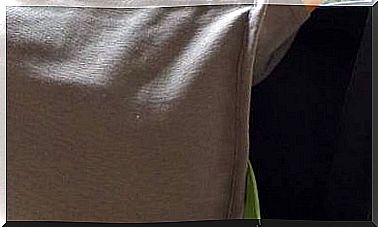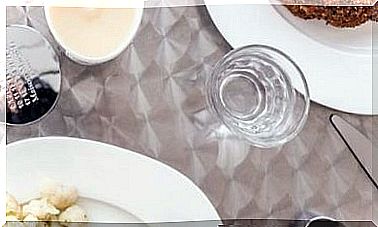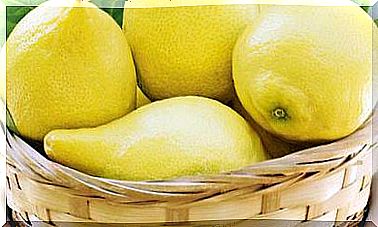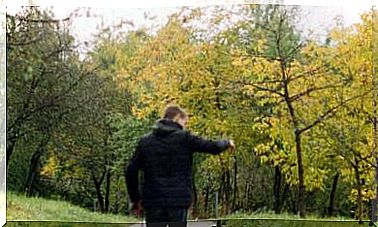Why Do We Need So Much Variety Of Pasta?
Although they are all made with the same main ingredient, the textures and thicknesses ensure a different experience. Learn to vary your dishes with them!
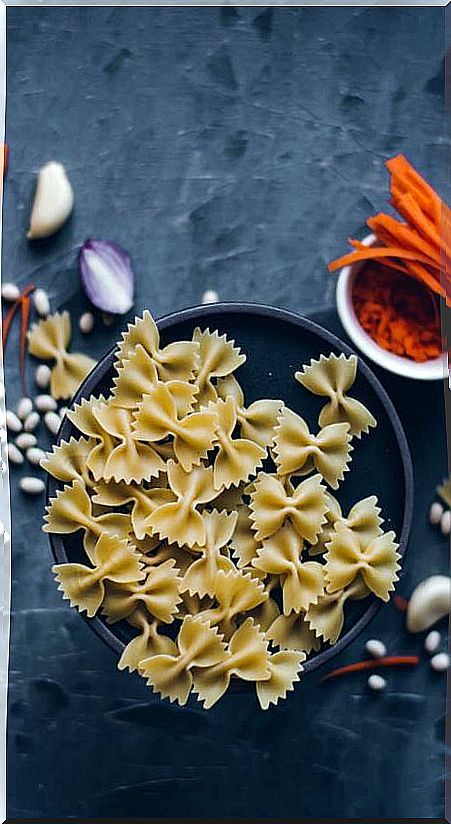
If you have ever walked through the dry pasta shelf of a large supermarket, you will have been surprised by the immense variety of shapes and colors of pasta. Beyond the macaroni, noodles and spaghetti, an exorbitant range of pasta is offered in different aspects, designs and sizes that although we are fascinated by its rarity or beauty, we rarely buy because we do not know what to do with it.
Is so much variety of pasta really necessary? It is not necessary, but there are all those variations due to the differences in texture and the sensory experience that they cause when eating it. Although all are made of durum wheat semolina, the different shapes, textures and thicknesses ensure a totally different experience with each of them.
If you want to vary your pasta dishes, you can start by changing the pasta itself. Just by changing the shape it will already look like a different dish. To explain differences and similarities I am going to “mix” all types of pasta, Italian and Oriental.
Alternative to classic spaghetti
What we normally use are spaghetti, and sometimes noodles. Although all supermarkets sell a standard size, the truth is that there are different sizes, that is, there are thicker and thinner spaghetti.
The bucatini are much thicker than regular spaghetti and have a hole in the center to facilitate faster and even cooking. Once cooked they are like elastic cords, they feel very heavy and when you eat them they certainly fill up more. To begin with, you can tell that you chew a lot more pasta. Also the texture is different.
The Capellini, however, are much thinner than spaghetti, noodles are like soup but very long. They take very little to make and are very elegant as well as delicate.
Oriental pasta: how to cook it?
In oriental pasta we have several very similar types: thin soba noodles, rice noodles, ramen noodles and thin wheat noodles. Unlike Italian pasta, these pasta are made with whole flour and are usually stretched by hand or mechanically (rather than with a pasta press).
Rice vermicelli and noodles have a much more whole texture than wheat pasta, so they are more easily al dente. They are also usually finer than wheat ones, so that certain thick sauces such as Bolognese can end up masking the role of the pasta or making a paste (if they are very
thin pasta they will tend to clog with the sauce).
All these pastas are usually interchangeable, that is, we can use for example soba noodles instead of spaghetti, always taking into account their peculiarities (the type of cereal with which they are made, their cooking time, their final texture, etc.).
Sauteed with long pasta
For stir-fries, both normal spaghetti and ramen noodles, noodles and soba noodles work very well (as long as we don’t go overboard, of course). For the classic pasta with tomato or bolognese, better medium or thick pasta (spaghetti, noodles, bucatini, etc.) of the cereal or legume you want.
For oriental soups I do not recommend using Italian pasta. A, apart from needing more minutes to cook, its texture does not combine as well with this type of cuisine as its own pastas, be they rice, wheat, mung or corn.
Why can we change the macaroni?
Macaroni, spirals, conchiglie, cockscomb, farfalle or bows… Many short pastas share characteristics such as size or length, but after eating them the texture is different and the experience changes a lot.
Ribbed pasta, such as penne rigate, radiatori, quadrefiore, tortiglioni or rigatoni have a surface that facilitates the adhesion of all kinds of sauces, so we can use both the thick and the more liquid ones. They are also great sauteed. If we sprinkle spices they will tend to stick to the pasta and give it much more flavor.
Try using striped macaroni instead of the smooth ones. You will notice a change in texture and flavor despite being the same pasta. Certain shaped pastes such as cockscomb, farfalle, or quadrefiore blend thicknesses very subtly.
The central parts of the farfalli are thicker, since a strip of pasta is formed and pressed in the center: we will have a softer piece at the ends and a whole piece in the center. The same thing happens with the other pastas, they have thinner and thicker parts, instead of being homogeneous like macaroni or noodles.
For this reason, they can sometimes be more difficult to cook al dente without breaking. The best thing you can do is to always boil the pasta, stir it just enough and carefully, and remove it when it is al dente, not after. It also helps to scoop it out with a spider web strainer rather than pour it into a pasta strainer.
Pasta with more complicated shapes is also better to consume at the moment. It is not that they go bad before but they tend to break more and a plate with the disintegrated pasta does not provide the same sensations as with the whole pasta (apart from that it looks sadder). If we have to go for the practical, the best are whole-grain macaroni and spirals. They are easy to cook, they hold a lot without breaking, they can be added to almost any meal, you can put any sauce on them and they hold up very well if we keep the leftovers in the fridge.
How to choose the best pasta for soups
For soups in Spain we use small and short pasta such as noodles, stars or alphabet soup, but there are also other interesting ones such as anelli and anellini, which are pasta rings, pine nuts (they have that shape but they are a little smaller), orzo (shape and size of rice), ditalini (like little tubes) or mini farfalle (
little bows ).
In general, they vary little in cooking time (1-2 minutes) and can provide a very different texture to soups. Try pine nuts, for example, instead of stars. You will notice a richer and more filling soup, in good part because of that extra thickness of the pasta.
This type of pasta is also being seen more and more in its integral version. One of the advantages they have for cooking is that they take longer to unravel and tend to be looser and more whole.
As with long pasta, we can sometimes find them made with other cereals (corn, rice) or with legumes (chickpea and lentils). The cereal or legume they are made from will also influence the final texture. Short rice pasta tends to be whole, while legume pasta is usually creamier.
If we do not find any small whole wheat pasta but we want to add something more nutritious to the soup, we can change the pasta for something else. For example, for millet or quinoa, which have the size and shape of the rain soup or wonder.

